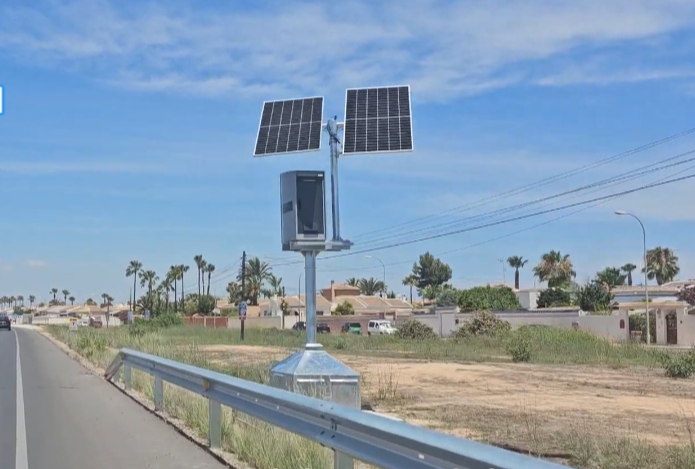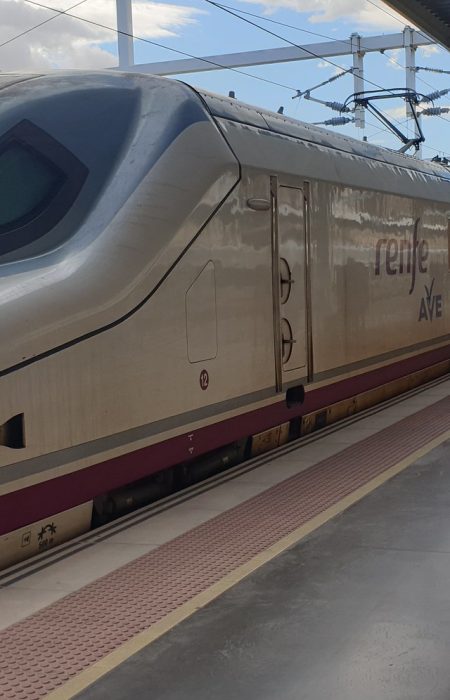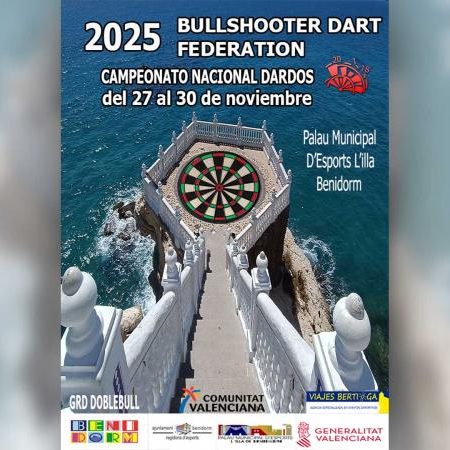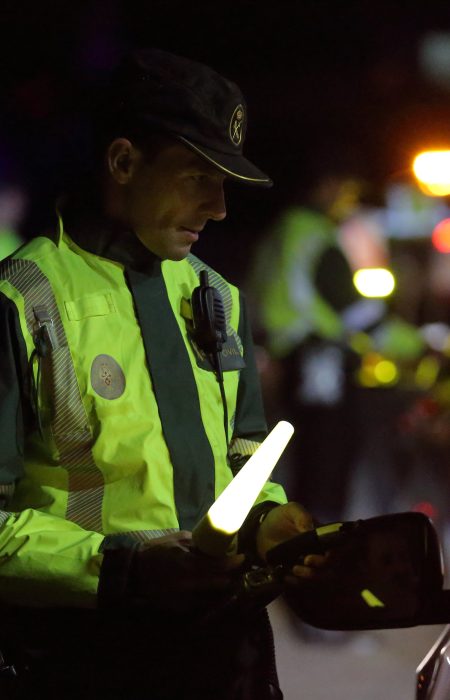In Torrevieja, a Swedish visitor tripped the same speed camera three days in a row. He travelled at 94 kilometres per hour the first time. As if that weren’t enough, he pushed the accelerator again the following day at 138 kilometres per hour and increased his speed to 140 kilometres per hour.
It has not been disclosed where this visitor turned the Salt City’s roadways into his own rally, but he was found, looked into, and already has a court date.
Last Tuesday, September 9th, an Irish tourist in a rented car was also taken before the court after tripping two separate speed cameras at 107 and 145 kilometres per hour on the same day.
According to the legislation, it is illegal to drive on urban roads at speeds higher than 60 kilometres per hour. According to the General Directorate of Traffic, the penalty is outlined in Article 379.1 and includes a fine of six to twelve months each day, depending on the offender’s financial situation, three to six months in jail, and the suspension of the driver’s licence for one to four years.
In particular, businesses that rent out cars to tourists frequently show up in the records as repeat offenders, posing as the owners of the cars that have been sanctioned.
According to the municipal speed limit measure, there are six fixed radars in the city centre that impose fines for exceeding 40 kilometres per hour.
Where are the radars?
In September 2023, the first three were put in place on Avenida Cortes Valencianas, Avenida Desiderio Rodríguez in San Roque, and Avenida Gregorio Marañón on Acequión Beach.
Hundreds of infractions were found in the first year of its implementation alone, and the Torrevieja Council imposed fines totalling more than 80,000 euros.
In the majority of the cases, four points were taken off the driver’s licence along with a €400 fine. In other instances, there were €300 fines with two points subtracted and €500 fines with six penalty points. The offenders were travelling at over 120 km/h on some of the avenues with the most traffic lights and pedestrian crossings, exceeding the speed limit by three times, which is considered a traffic safety offence. In thirty of these cases, the matter was even referred to court.
Two more have been added this year: one on Baleares Avenue, at the top of Councillor José Ramón García Antón’s green zone, close to the intersections with Córcega and Tenerife streets that connect to the educational centres IES Mediterráneo, La Purísima, and the Virgen del Carmen public school; and another on Avenida Alfredo Nobel, in front of the Mar Bella senior residence, on the road that connects Los Locos beach and the Torre del Moro area.
They are identified by both standard signs and instructional indicators, which display a happy face when the speed limit is reached and a sad face when it is exceeded. In the majority of sections, LED indications on the road are used to designate pedestrian crossings.
The Local Police did not choose the location choice by accident. These streets have had the city’s highest rate of major accidents for a long time. Many of these led to fatalities, particularly among bikers and pedestrians.
Within the municipality, there are other radars besides these. The primary entry road to Torrevieja, the CV-905, has slowed down due to a sophisticated device that the DGT installed a year ago between La Siesta and San Luis. Dozens of fines have already been issued.









No Comment! Be the first one.